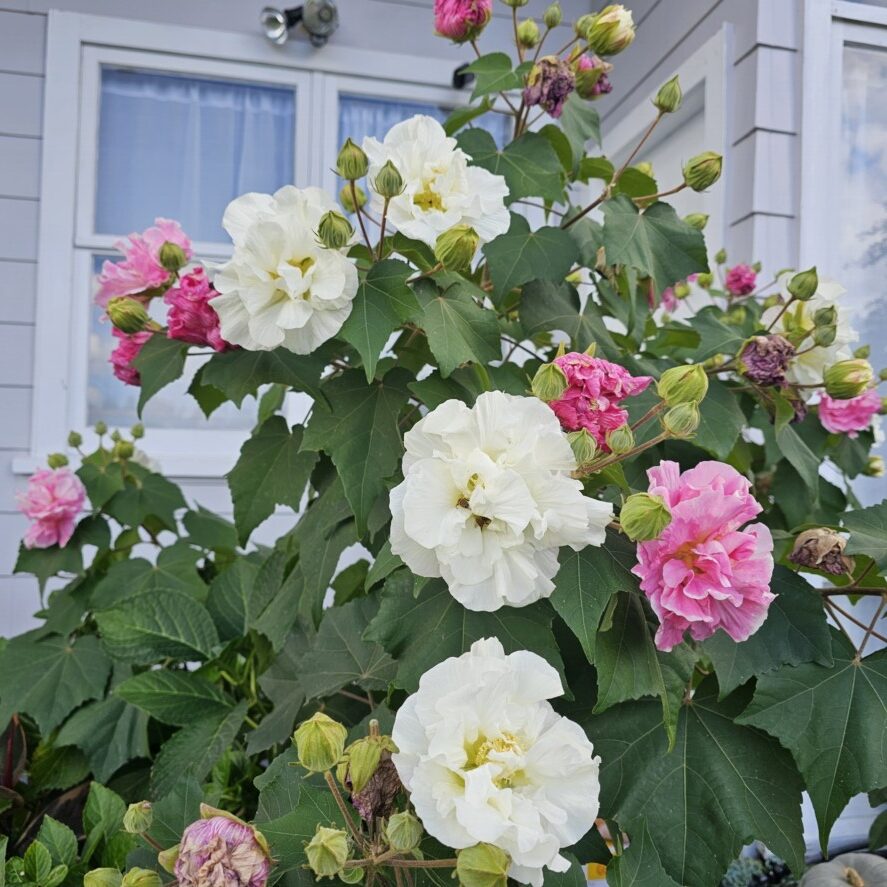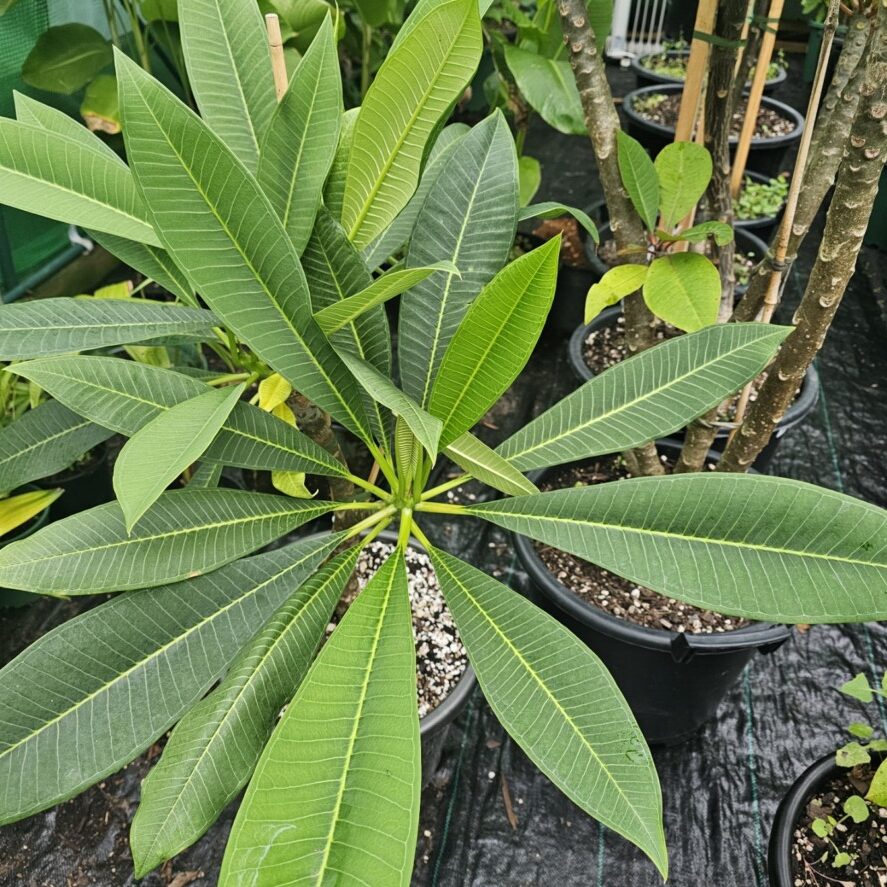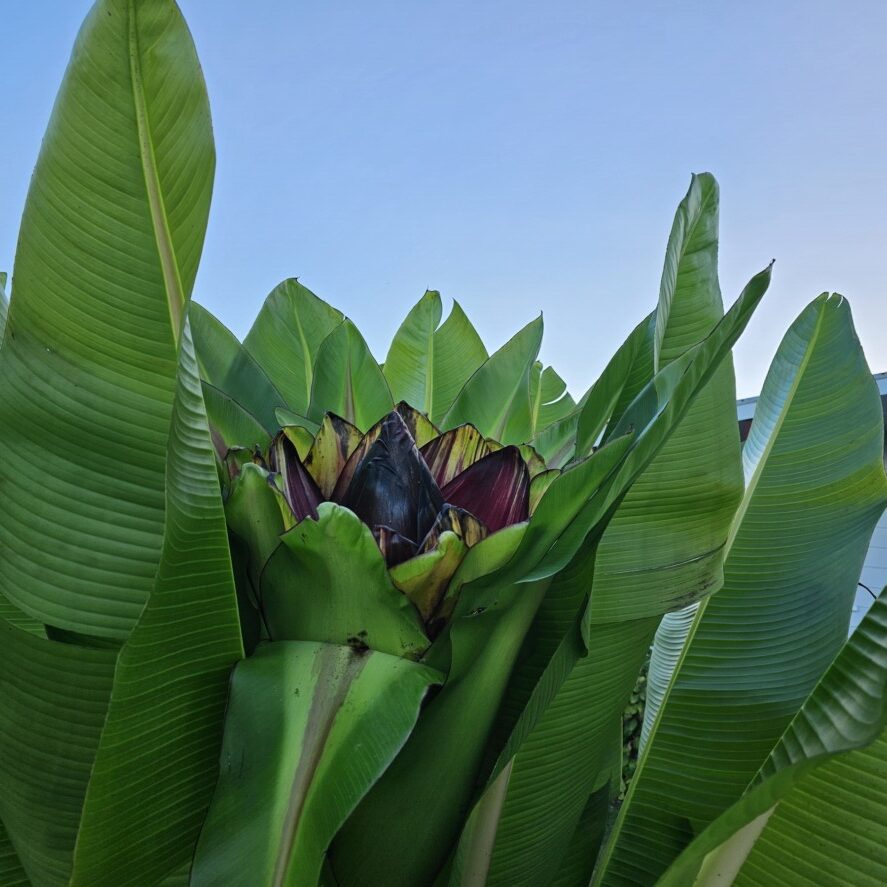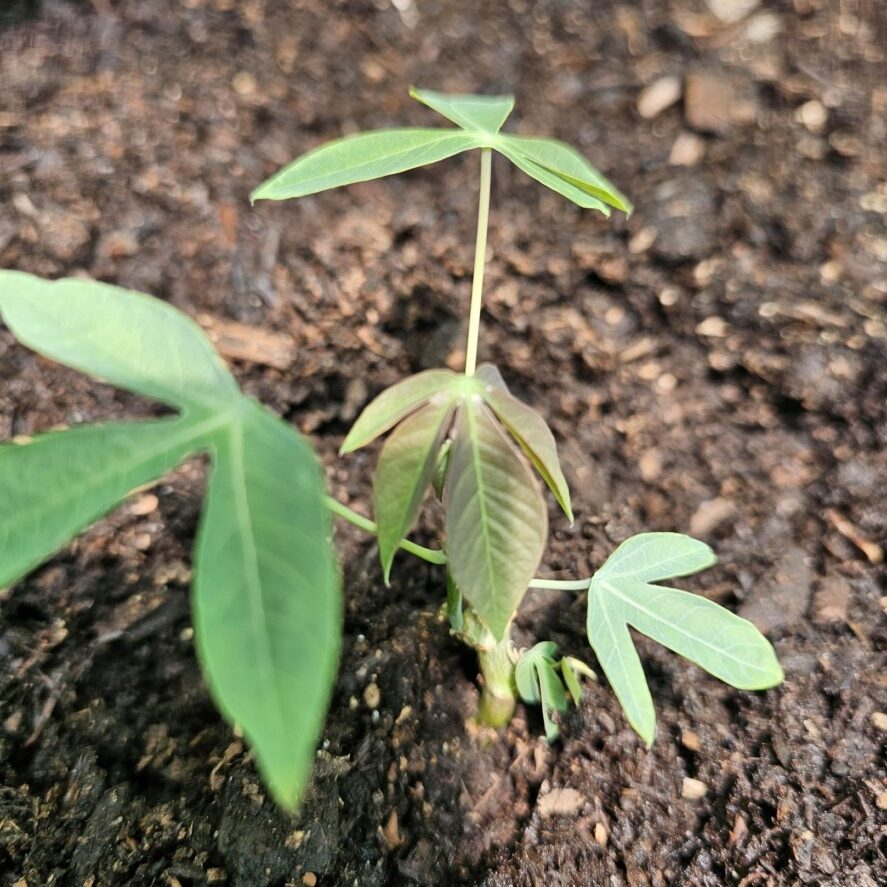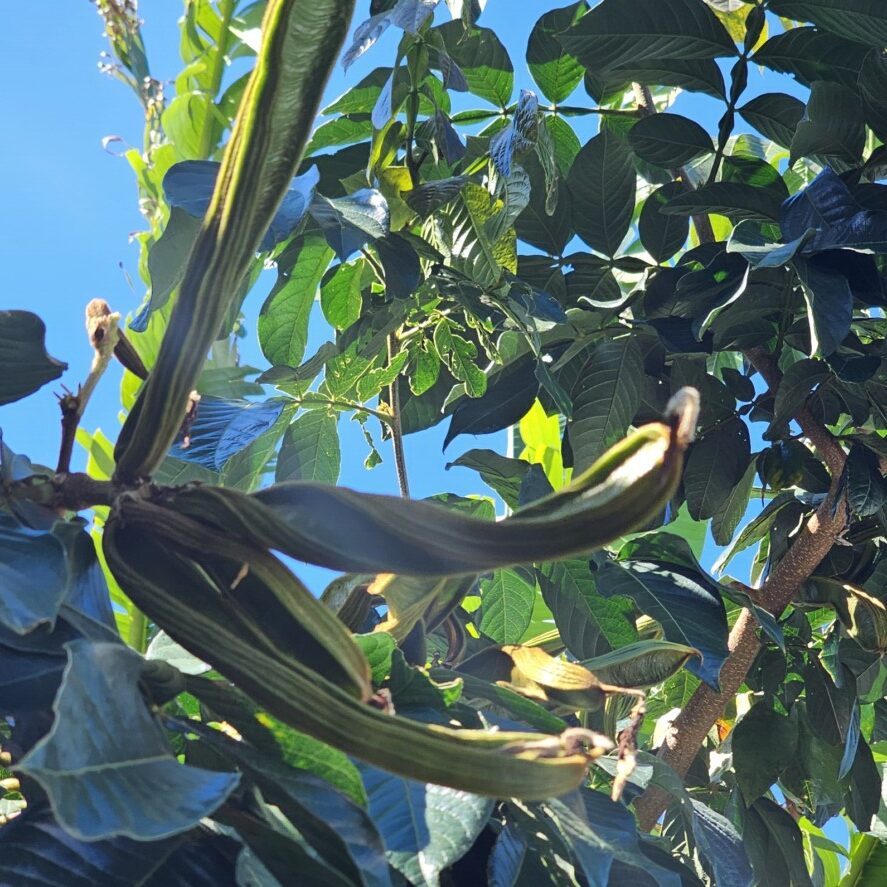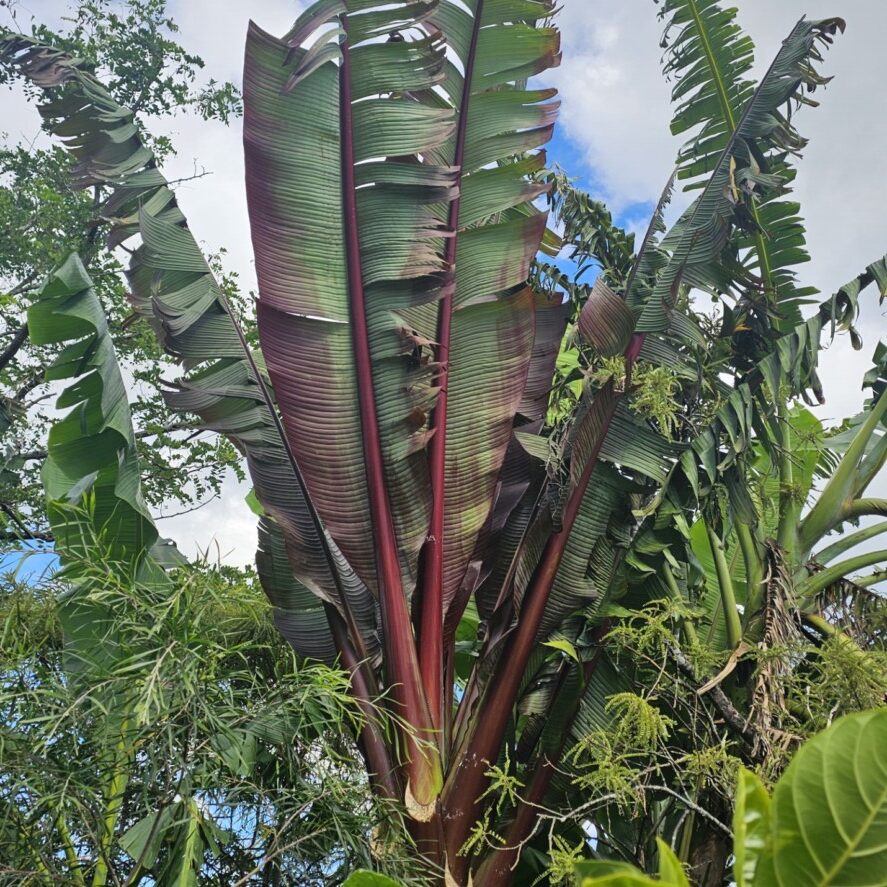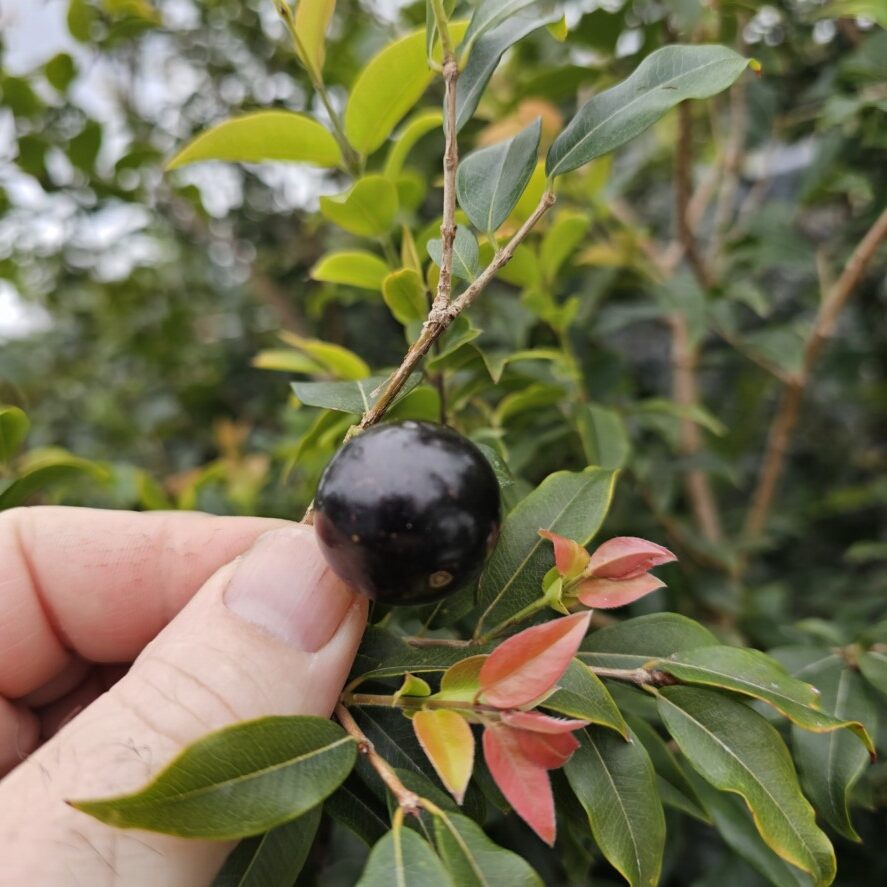-
Troppo Plant & Garden Articles
- Te Puke Region
- TROPPO’s Food Forest in Te Puke, BOP (www,foodforest.org.nz)
- Troppo’s Plant Collection
- TROPPO's Nursery Directory
- Food Forests of New Zealand (www.foodforests.nz)
- Nursery Map - Plant Suppliers of NZ Directory (www.nurserymap.nz)
- Kids Garden Corner
- New Zealand Garden Bird Survey
- New Zealand Garden Groups
- Delicious Recipes
Identifying and Managing Common Pests and Diseases in Te Puke Gardens
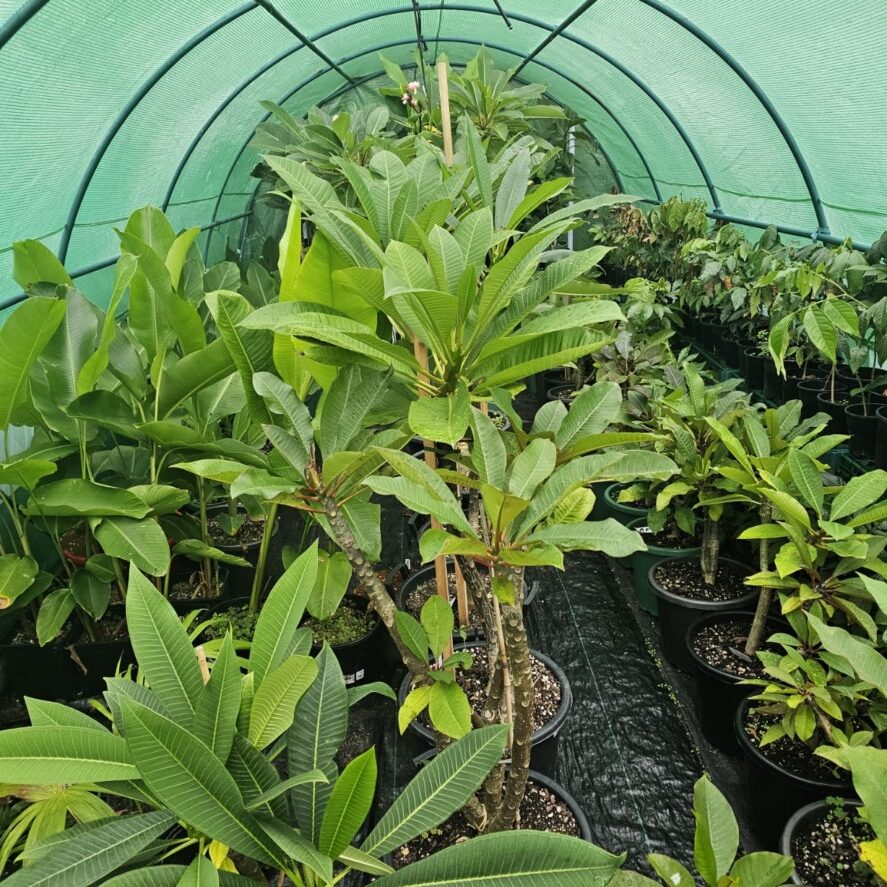
Identifying and Managing Common Pests and Diseases in Te Puke Gardens
Welcome to all our fellow green thumbs in beautiful Te Puke! Whether you’re a seasoned gardener or just starting to dig in the fertile Bay of Plenty soil, you’ll know that along with the joy of watching your plants thrive comes the occasional challenge of pests and diseases. Don’t worry, you’re not alone! This guide will help you identify some of the most common culprits we see in our local gardens and give you simple, effective ways to manage them.
Why This Matters in Te Puke
Our warm, often humid climate in Te Puke, while fantastic for growing a wide variety of plants, can also create ideal conditions for certain pests and diseases to flourish. Being able to spot the signs early and take action can save your precious plants and ensure a bountiful harvest, whether you’re growing juicy tomatoes, vibrant flowers, or even delicious avocados.
Common Pests You Might Encounter
Let’s take a look at some of the usual suspects lurking in our Te Puke gardens:
-
Aphids: These tiny little bugs, often green or black, like to cluster on new growth, sucking the sap out of your plants. You’ll often see them on the undersides of leaves or on stems. Look out for sticky “honeydew” they leave behind, which can also attract ants and lead to sooty mould.
- What to do: A strong blast of water from the hose can dislodge them. You can also try wiping them off with a damp cloth or using insecticidal soap, which is readily available at garden centres. Encourage beneficial insects like ladybugs, which love to munch on aphids.
-
Whitefly: These small, white, moth-like insects fly up in a cloud when disturbed. Their young ones also suck sap, causing yellowing leaves and stunted growth.
- What to do: Yellow sticky traps can help catch adult whiteflies. Like aphids, insecticidal soap can be effective. Ensure good airflow around your plants to discourage them.
-
Slugs and Snails: These slimy creatures are the bane of many gardeners, especially after rain. They leave tell-tale trails and create irregular holes in leaves and flowers.
- What to do: Physical barriers like copper tape around pots or crushed eggshells around plants can deter them. You can also handpick them (especially at night or after rain) or use commercially available slug and snail baits, being mindful of pets and wildlife.
-
Caterpillars: These hungry larvae of moths and butterflies can quickly defoliate plants. You might see them munching on leaves or find their droppings (frass).
- What to do: Handpicking them is often the easiest solution, especially for smaller infestations. For larger problems, you can use a biological control like Bacillus thuringiensis (Bt), which is safe for beneficial insects and humans when used correctly.
-
Spider Mites: These tiny, spider-like creatures are hard to see with the naked eye, but you’ll notice their fine webs on the undersides of leaves. They cause yellowing or bronzing of leaves and can weaken plants significantly.
- What to do: Increasing humidity by misting plants can help. Insecticidal soap or horticultural oil can also be effective, making sure to spray the undersides of the leaves thoroughly.
Recognising Common Plant Diseases
Just like us, plants can get sick too. Here are some common diseases we see in Te Puke gardens:
-
Powdery Mildew: This fungal disease looks like a white, powdery coating on the leaves and stems of plants. It thrives in humid conditions with poor air circulation.
- What to do: Improve air circulation by pruning overcrowded plants. Water at the base of plants rather than overhead. You can also use a fungicide specifically for powdery mildew.
-
Black Spot: This fungal disease is common on roses and other plants, causing black spots on the leaves that eventually turn yellow and drop off. It also thrives in humid conditions.
- What to do: Remove and dispose of infected leaves promptly (don’t compost them). Improve air circulation and avoid overhead watering. Fungicides can be used as a preventative or treatment.
-
Rust: This fungal disease appears as orange or reddish-brown powdery spots, usually on the undersides of leaves.
- What to do: Remove and dispose of infected leaves. Ensure good air circulation. Fungicides can be used for more severe cases.
-
Root Rot: This occurs when plant roots are constantly waterlogged, leading to a lack of oxygen. Symptoms include wilting, yellowing leaves, and stunted growth. The roots themselves will appear brown and mushy.
- What to do: Ensure your pots and garden beds have good drainage. Avoid overwatering. In severe cases, there’s often little you can do to save the plant.
Tips for Prevention and Management
The best way to deal with pests and diseases is often to prevent them in the first place. Here are some helpful tips:
- Choose Healthy Plants: Start with strong, disease-free seedlings and plants from reputable nurseries.
- Healthy Soil: Good soil health leads to stronger, more resilient plants. Amend your soil with compost and organic matter.
- Proper Watering: Water deeply and less frequently, allowing the soil to dry out slightly between waterings. Avoid overhead watering where possible.
- Good Air Circulation: Space your plants adequately to allow for good airflow, which helps to dry leaves and reduce humidity.
- Regular Inspection: Get to know your plants and check them regularly for any signs of pests or diseases. Early detection is key!
- Encourage Beneficial Insects: Attract natural predators like ladybugs, lacewings, and parasitic wasps by planting flowers that they like.
- Crop Rotation: If you’re growing vegetables, rotate your crops each year to help prevent soil-borne diseases and pest build-up.
- Sanitation: Keep your garden clean by removing fallen leaves and dead plant material, which can harbour pests and diseases.
- Use Organic and Natural Solutions First: Before resorting to chemical pesticides, try natural methods like insecticidal soap, horticultural oil, neem oil, and biological controls.
When to Seek Help
If you’re unsure about what’s affecting your plants or if the problem is severe, don’t hesitate to seek advice from local garden centres or experienced gardeners in Te Puke. They can offer tailored advice based on our specific local conditions.
Gardening in Te Puke is a rewarding experience. By being observant and proactive, you can keep your plants healthy and enjoy the fruits (and flowers!) of your labour. Happy gardening!
#TePukeGardening #BayOfPlentyGardening #NZGardening #PestControl #PlantDiseases #OrganicGardening #GardenTips #HomeGarden #GrowYourOwn #TroppoNZ

